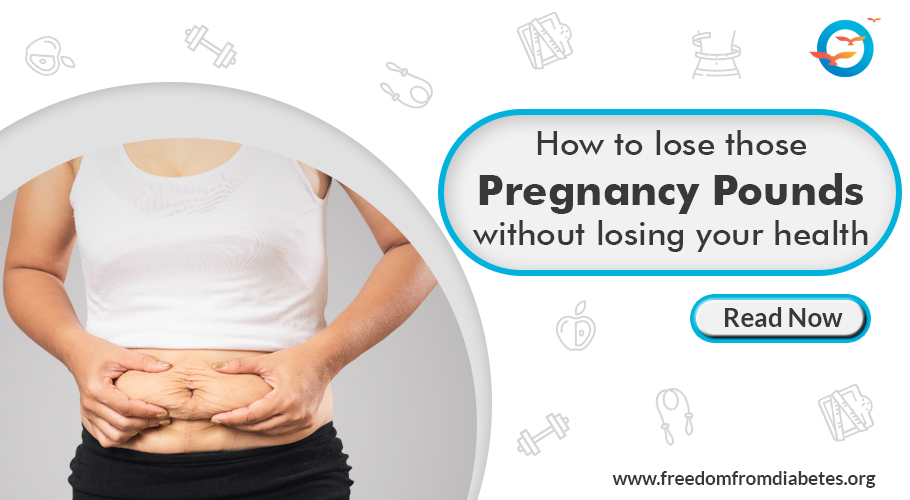How to lose those pregnancy pounds without losing your health

Table of Content
- Why you should take your time
- Rules for weight loss after pregnancy
2.1 Exercise
2.2 Keep your goals realistic - Final Words
After nine months of lugging that baby weight around, all mothers are ready to exchange the loose maternity clothing for their regular pre-pregnancy jeans. But before you reach for them, here’s what you should know.
Why you should take your time
While you may be raring to go, your body needs time to recover, and losing weight too soon after delivery will end up prolonging recovery time. It usually takes anywhere between 6 months to a year to get back to pre-pregnancy weight. Ideally, wait for your six-week health check before beginning your slim down routine…longer if you’re breastfeeding or your health is not up to scratch.
Ideally, your baby should be two months or more and your milk volume should have steadied before you even think of reducing calories. Remember, mothers whos babies are exclusively breastfed need to eat about 500 extra calories—than pre-pregnancy days. And ensure you get these extra calories from fresh fruits & veg, legumes, beans, and other healthy foods.
The ideal and healthy weight loss goal is about a kilo (one and a half pounds) per week. Even if you’re breastfeeding, this is a do-able target. Any moderately intensive exercise regimen and a healthy diet can make this happen. But speak to your doctor before beginning any physical activity.
Eating to lose weight after pregnancy
The rules for weight loss after pregnancy are not so different from the regular weight loss ones. But you are a new mother with a baby so some rules are different. Here are the main ones:
- Eat regular meals, If you skip meals you will have less energy. It may sound counterintuitive but this will make it more difficult to shed pounds.
- Focus on the food. This is a good habit for everyone. When you slow down and take your time eating you will be more attuned to body signals—like knowing when you’re full. You’re body will be more receptive to the nutrition in the food too.
- Skip the snacks and fruit juices. Crunch on a juicy apple instead you’ll get more vitamins, nutrients, and fibre.
- Avoid sweet drinks and fried foods and alcohol.
- Above all avoid crash diets or diets that restrict specific foods and nutrients. Yes, Atkins, we’re looking at you! You may think the crash diet is working, but all you’re probably losing is fluid and muscle, and the body will bring back the lost weight in the form of fat. And you’ll be worse off than before.
To understand why this happens and how to avoid it, read our article on weight loss vs fat loss, here.
-
Exercise
The only healthy way to lose fat is through a combination of diet and exercise. But consult a trainer to pick the correct exercises and set a proper intensity. Start slow—say a walk around the neighborhood with your baby in her stroller—and build it up as you feel your body respond.
Incorporate a mix of cardio and resistance training in your exercise routine. Yoga is a great way to stretch those muscles and joints. The meditative quality of the movements are great for inner healing too.
-
Keep Your Goals Realistic
It may be tempting to push the envelope to get back to your original shape and size, but for many women, this is just not going to happen. Birthing tends to soften the belly and widen the hips. During natural deliveries, for instance, the pelvic bones actually open up a couple of inches, broadening the frame for life. No amount of dieting and exercising can reverse that. So keep your weight loss goals realistic.
Final words
Many a time, pregnancies bring gestational diabetes. This usually disappears once your baby is born. But is it often a precursor to type 2 diabetes, so it is important to have regular health checks and maintain a healthy weight. FFD conducts regular programs to help people achieve their weight loss goals, in a natural and healthy way.

